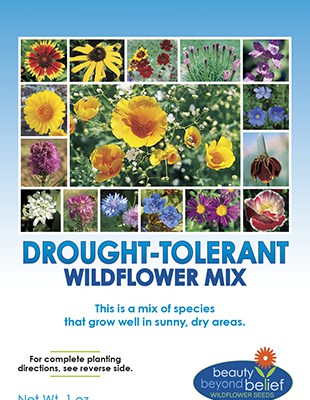How to Grow Baby Kale
The Ins and Outs of Growing Kale
by Sandy Swegel
Mixed baby kales are the current darlings of the produce section…and in my refrigerator are Lacinato Kale, Organic Lacinato Kale, and Organic Red Russian Kale. Several companies now sell thrice-washed baby kales that are ready to use in salads, stir-fries, soups or juices. As cute as these greens are, their prices are pretty steep…we pay $4 for five ounces and then there’s all that wasteful packaging.
You can easily grow your own baby kales (or any mixed greens). Here’s how market farmers do it:
The key is succession planting.
About every three weeks, you should seed a patch of kale seeds fairly close together in intensive planting style.
First Cutting
Once the leaves are about 4 inches high, use scissors or knife to cut them off about an inch above soil level.
Second Cutting
Let the patch you just cut off continue to grow as regular kale and you can harvest again in a month. Cut those off again about an inch above soil. The second cutting isn’t as tender as the first but still great for braising.
Third Cutting
Let the patch keep growing for the third cutting of mature kale. Fertilize lightly. The third cutting usually leaves the plant depleted and it’s time to pull those plants and reseed.
Because you kept making a new planting of kale every three weeks in a different section of your garden, you will regularly have both the tender young greens and mature leaves.
It’s that easy. Each packet of kale has over 200 seeds so this is a really thrifty way to get a lot of kale. You can plant one kind of kale at a time, or mix red russian and lacinto together for a colorful mixture.
Eat more Kale! Yum.
Photo Credit and More info:
http://sixburnersue.com/cooking-fresh-eating-green/2013/03/new-at-the-grocery-store-baby-kale-10-ways-to-use-it/
http://www.fastcoexist.com/3016068/the-largest-urban-orchard-in-north-america-is-now-open-for-business


